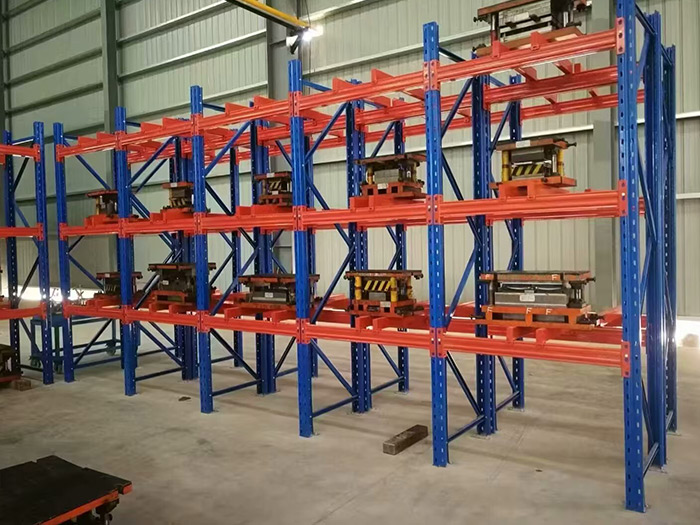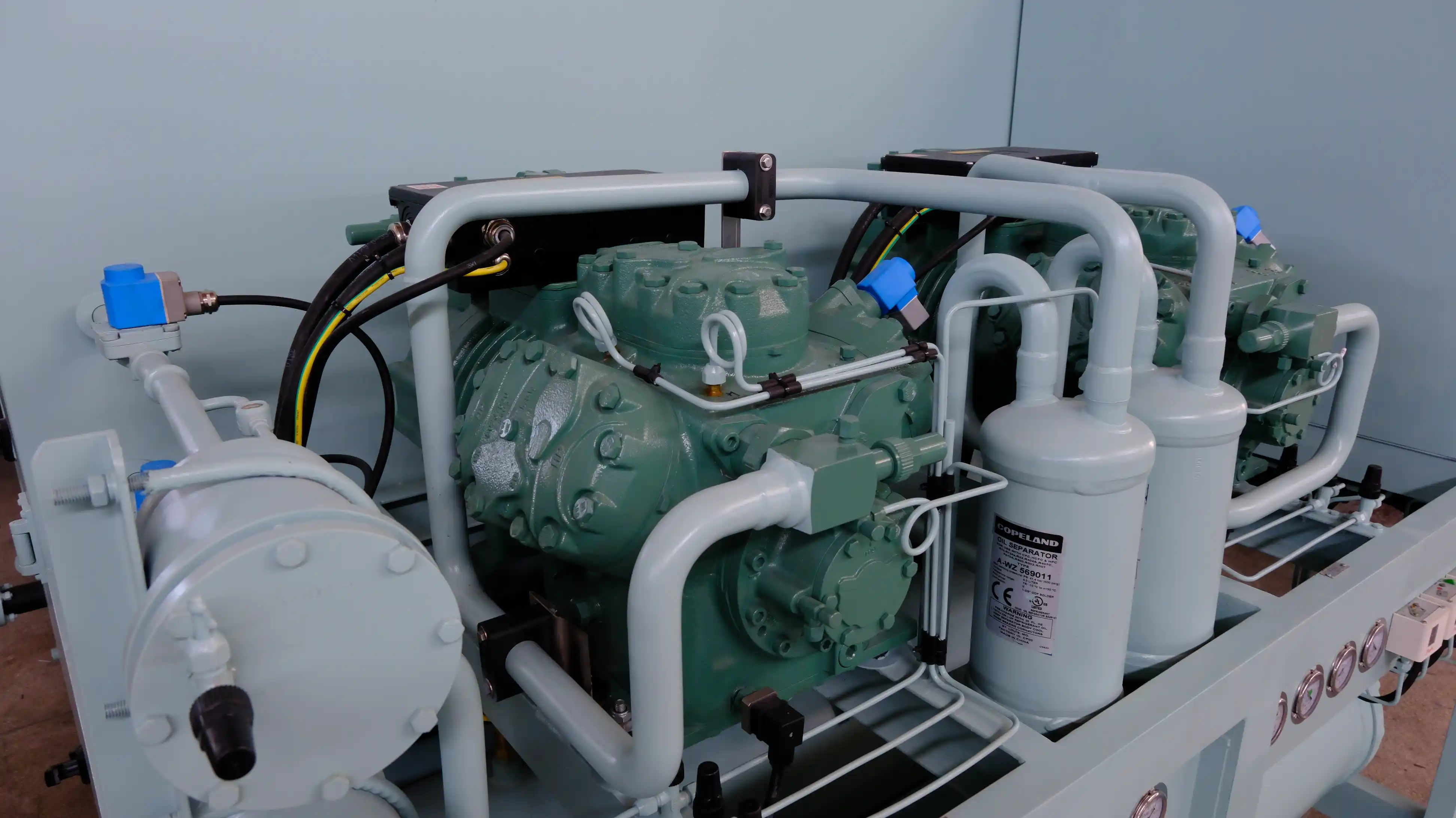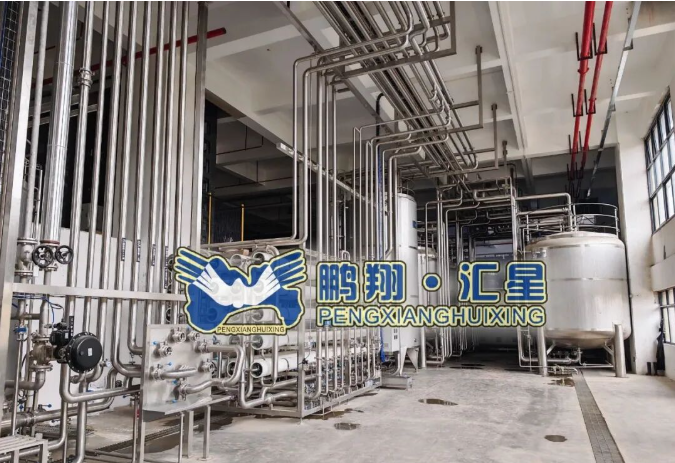Unveiling the Optimal Thickness of Cement Plaster on Walls
Cement plaster is a crucial component in the construction industry, providing a protective and aesthetic layer to walls. Determining the ideal thickness of cement plaster is essential for ensuring structural integrity, durability, and visual appeal. In this article, we will delve into the factors influencing the thickness of cement plaster on walls and provide practical insights for achieving optimal results.
- Understanding the Purpose of Cement Plaster:
Cement plaster serves multiple purposes, including:
- Protection: Cement plaster shields walls from moisture, weathering, and external damage.
- Insulation: It enhances thermal and acoustic insulation properties.
- Aesthetics: Cement plaster provides a smooth and visually appealing finish to walls.
- Factors Influencing Cement Plaster Thickness:
Several factors must be considered when determining the appropriate thickness of cement plaster:
- Wall Substrate: The type and condition of the wall substrate influence the required thickness. Different substrates, such as concrete, brick, or block, may require varying plaster thicknesses.
- Structural Considerations: The structural design and load-bearing capacity of the wall impact the thickness of cement plaster.
- Environmental Factors: Climate, exposure to moisture, and temperature variations affect the plaster thickness needed for adequate protection.
- Desired Finish: The desired aesthetic finish, such as a textured or smooth surface, influences the plaster thickness.
- Recommended Thickness Ranges:
While the specific thickness requirements may vary based on the factors mentioned above, the following ranges are generally considered optimal:
- Base Coat: The base coat, also known as the scratch coat, typically ranges from 10mm to 15mm in thickness. It provides a solid foundation for the subsequent layers.
- Intermediate Coat: The intermediate coat, or the brown coat, is applied on top of the base coat and usually ranges from 8mm to 12mm in thickness. It helps to level the surface and improve structural integrity.
- Finish Coat: The final layer, known as the finish coat, ranges from 2mm to 4mm in thickness. It provides the desired texture and appearance.
- Importance of Professional Application:
Achieving the optimal thickness of cement plaster requires skilled craftsmanship. Hiring experienced professionals ensures proper application techniques, adherence to industry standards, and a flawless finish. - Benefits of Optimal Cement Plaster Thickness:
By maintaining the recommended thickness ranges, you can enjoy several advantages:
- Enhanced Durability: Adequate plaster thickness protects walls from cracks, moisture penetration, and structural damage.
- Improved Insulation: Optimal thickness improves thermal and acoustic insulation properties, enhancing energy efficiency and soundproofing.
- Visual Appeal: The right plaster thickness ensures a smooth, visually pleasing finish, ready for painting or other decorative treatments.
Conclusion:
Determining the ideal thickness of cement plaster on walls is a critical aspect of construction. By considering factors such as wall substrate, structural requirements, environmental conditions, and desired finish, professionals can achieve optimal results. Adhering to the recommended thickness ranges ensures durability, insulation, and aesthetic appeal, making cement plaster an indispensable component in modern construction practices.



